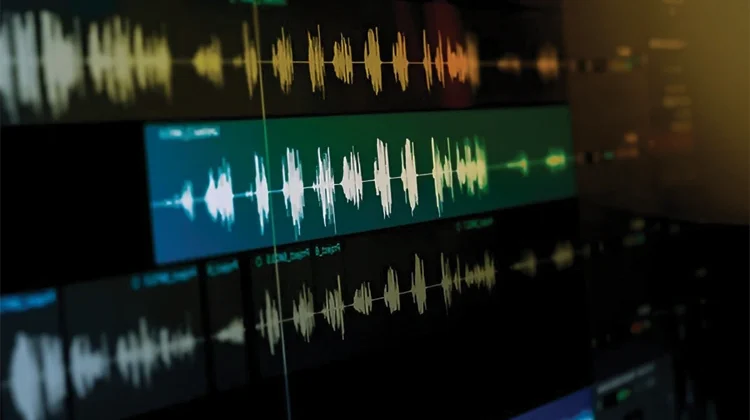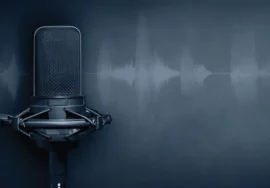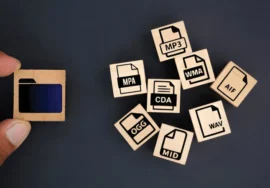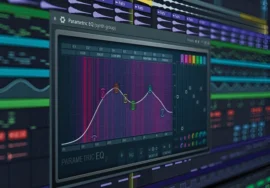
Need to Remove Background Noise from Your Recording? We’re Your Solution
Background noise can be a major nuisance when trying to capture clear audio. Whether you’re recording a podcast, a video, or a voice-over, unwanted sounds can detract from the quality of your final product. Fortunately, there are effective solutions available to remove background noise from your recordings. In this blog post, we’ll explore the best methods and tools you can use to achieve clean, professional-sounding audio.
Understanding Background Noise
Before diving into the removal process, it’s important to understand the different background noises you might make. Common noise sources include:
- Ambient noise: This refers to general environmental sounds, such as traffic, wind, or air conditioning.
- Room noise: Echoes and reverberations within a confined space can also contribute to background noise.
- Equipment noise: Faulty microphones, cables, or other recording equipment can introduce unwanted sounds.
- Human noise: background conversations, coughs, or other human sounds can interfere with your recording.
Preventing Background Noise
While it’s often easier to remove background noise after the fact, taking preventive measures can reduce the amount of noise you have to deal with. Here are the tips for minimizing background noise during your recording sessions:
- Choose a quiet location: Find a space with minimal ambient noise, such as a soundproof room or a quiet corner of your home.
- Use a noise-canceling microphone: A microphone designed to reduce background noise can help improve the quality of your recordings.
- Avoid noisy equipment: make sure that your recording equipment is in good working condition and free from any internal noise sources.
- Check your recording: Pay attention to any background noise that may be creeping into your recording and take steps to discuss it.
Removing Background Noise
If you’ve already recorded audio with background noise, there are several methods you can use to clean it up. Here are the popular options:
1. Audio Editing Software
- Adobe Audition: A powerful professional audio editing tool that offers advanced noise-reduction features.
- Audacity: A free and open-source audio editor with user-friendly work with effective noise-reduction capabilities.
- GarageBand: Apple’s music creation software includes basic noise reduction tools for removing unwanted sounds.
2. Online Noise Reduction Tools
- Noise Reduction Tool: A web-based tool that allows you to upload your audio file and remove background noise.
- Noise Removal Online: Another online choice that provides simple and effective noise reduction.
- Audio Cleaning Tool: A free online tool that can help clean up noisy audio files.
3. Noise Reduction Plugins
- iZotope RX: A popular plugin suite that offers a variety of tools for noise reduction, including spectral repair and dialogue restoration.
- Waves NX: A plugin that uses artificial intelligence to remove background noise and improve audio clarity.
- Cedar DNS: A professional-grade plugin for noise reduction and audio restoration.
Tips for Effective Noise Reduction
- Isolate the noise: If you can find the specific frequency range of the background noise, you can target it for removal.
- Use a combination of methods: experiment with different noise reduction techniques to find the best approach for your particular recording.
- Be patient: Removing background noise can be a time-consuming process, so be patient and take your time.
- Listen carefully: Always listen to your audio after applying noise reduction to ensure that the quality has been improved.
Additional Tips for Removing Background Noise
1. Use a Spectrum Analyzer: A spectrum analyzer can help you visualize the frequency components of your audio and identify the specific frequencies of the background noise. This can make it easier to target the noise for removal.
2. Experiment with Different Noise Reduction Settings: Many noise reduction tools offer adjustable settings, such as noise reduction strength and frequency bands. Experiment with different settings to find the optimal configuration for your recording.
3. Consider Noise Reduction Automation: Some audio editing software and plugins offer automated noise reduction features that can analyze your audio and apply the appropriate noise reduction settings. While these features can be helpful, it’s still important to listen to your audio carefully and make adjustments as needed.
4. Remove Noise in Multiple Stages: For particularly noisy recordings, it may be necessary to remove noise in multiple stages. This involves applying noise reduction several times, gradually reducing the amount of noise in each pass.
5. Use a Noise Gate: A noise gate can automatically reduce the volume of quiet sections of your audio, which can help to mask background noise.
6. Normalize Your Audio: Normalizing your audio can help to even out the volume levels and make it easier to hear the background noise.
7. Consult with a Professional Audio Engineer: If you’re struggling to remove background noise from your recordings, consider consulting with a professional audio engineer. They can provide expert advice and assistance.
Additional Considerations
- File Format: The file format of your audio can affect the effectiveness of noise reduction. Lossy formats like MP3 can introduce artifacts during compression, which can make it more difficult to remove noise. Consider working with lossless formats like WAV or FLAC for the best results.
- Sample Rate and a bit Depth: The sample rate and a bit depth of your audio also play a role in noise reduction. Higher sample rates and bit depths can provide more detail and accuracy, making it easier to identify and remove background noise.
- Hardware: The quality of your recording equipment can also impact the amount of background noise in your recordings. Investing in high-quality microphones, preamps, and other audio equipment can help to minimize noise.
Conclusion
Background noise can be a frustrating obstacle when recording audio, but with the right tools and techniques, it can be effectively removed. By understanding the different types of background noise and taking preventive measures, you can minimize the amount of noise you have to deal with. Additionally, a variety of audio editing software, online tools, and plugins are available to help you clean up noisy recordings. By following the tips in this blog post, you can achieve clean, professional-sounding audio for all of your projects.





